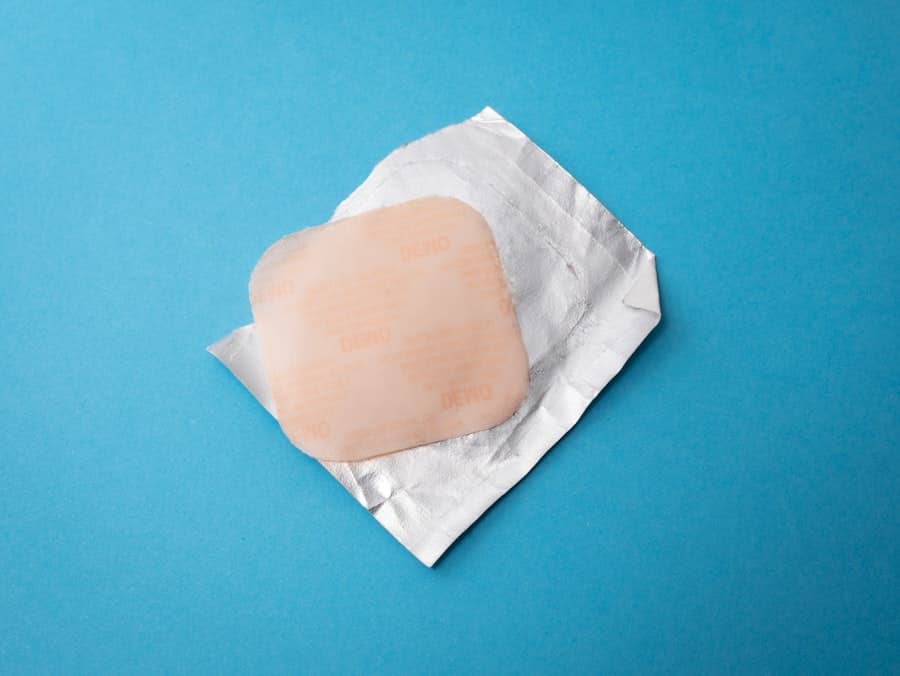Helichrysum, often referred to as the “everlasting flower,” is a genus of flowering plants belonging to the Asteraceae family. This remarkable plant is native to regions of Europe, Africa, and Asia, thriving in warm, dry climates. The name “Helichrysum” is derived from the Greek words “helios,” meaning sun, and “chrysos,” meaning gold, which aptly describes the vibrant yellow flowers that bloom on these hardy plants.
Known for their resilience and ability to retain their color even after drying, Helichrysum flowers have been used for centuries in traditional medicine and as ornamental plants. The essential oil extracted from Helichrysum is particularly prized for its therapeutic properties. This oil is obtained through steam distillation of the flowers and is rich in various bioactive compounds, including flavonoids, sesquiterpenes, and phenolic acids.
These components contribute to the oil’s anti-inflammatory, antioxidant, and antimicrobial properties, making it a popular choice in skincare formulations. As you explore the world of Helichrysum, you will discover its multifaceted applications and the growing interest in its benefits for skin health.
Key Takeaways
- Helichrysum is a flowering plant known for its medicinal properties and is commonly used in skincare products.
- The benefits of helichrysum on the skin include anti-inflammatory, antioxidant, and anti-aging properties.
- Safety precautions when using helichrysum on the skin include patch testing, diluting the essential oil, and avoiding use during pregnancy.
- Helichrysum can be used on the skin through topical application, such as in creams, serums, or diluted essential oil.
- Potential side effects of using helichrysum on the skin may include skin irritation or allergic reactions.
- Alternatives to using helichrysum on the skin include other essential oils with similar skin benefits, such as lavender or rosehip oil.
- When choosing the right helichrysum product for skin application, look for high-quality, organic options from reputable brands.
- In conclusion, using helichrysum on the skin can provide numerous benefits, but it’s important to use it safely and consider alternatives if necessary.
Benefits of Helichrysum on the Skin
When it comes to skincare, Helichrysum offers a plethora of benefits that can enhance your complexion and overall skin health. One of the most notable advantages is its powerful anti-inflammatory properties. If you struggle with conditions such as acne, eczema, or rosacea, incorporating Helichrysum into your skincare routine may help soothe irritation and reduce redness.
The oil works by calming the skin’s inflammatory response, allowing for a more balanced and even complexion. In addition to its anti-inflammatory effects, Helichrysum is renowned for its ability to promote skin regeneration. The oil encourages the healing of wounds and scars, making it an excellent choice for those looking to diminish the appearance of blemishes or post-acne marks.
Its regenerative properties stimulate cell turnover and collagen production, which can lead to firmer, more youthful-looking skin. By using Helichrysum regularly, you may notice a significant improvement in your skin’s texture and tone.
Safety Precautions when Using Helichrysum on the Skin

While Helichrysum is generally considered safe for topical use, it is essential to take certain precautions to ensure a positive experience. First and foremost, conducting a patch test before applying the oil to larger areas of your skin is crucial. This simple test involves applying a small amount of diluted Helichrysum oil to a discreet area, such as the inside of your wrist or behind your ear.
Wait 24 hours to see if any adverse reactions occur. If you experience redness, itching, or irritation, it may be best to avoid using the oil altogether. Additionally, it is important to dilute Helichrysum essential oil with a carrier oil before applying it directly to your skin.
Essential oils are highly concentrated and can cause irritation if used undiluted. Common carrier oils include jojoba oil, sweet almond oil, or coconut oil. A typical dilution ratio is 2-3 drops of essential oil per tablespoon of carrier oil.
By taking these precautions, you can enjoy the benefits of Helichrysum while minimizing the risk of adverse reactions.
How to Use Helichrysum on the Skin
Incorporating Helichrysum into your skincare routine can be both simple and rewarding. One effective method is to create a DIY serum by combining Helichrysum essential oil with a carrier oil of your choice. To make this serum, mix 2-3 drops of Helichrysum oil with one tablespoon of carrier oil in a small glass bottle.
Shake well before each use and apply a few drops to clean skin, focusing on areas that require extra attention, such as scars or dry patches. Another popular way to use Helichrysum is by adding it to your existing skincare products. You can enhance your moisturizer or facial cream by mixing in a drop or two of Helichrysum oil.
This not only boosts the product’s effectiveness but also allows you to enjoy the delightful aroma of the essential oil during your skincare routine. Remember to start with small amounts and adjust according to your skin’s needs.
Potential Side Effects of Using Helichrysum on the Skin
While many people enjoy positive results from using Helichrysum on their skin, it is essential to be aware of potential side effects. Some individuals may experience allergic reactions or skin irritation due to sensitivity to the oil or its components. Symptoms can include redness, itching, or a burning sensation upon application.
If you notice any of these reactions after using Helichrysum, discontinue use immediately and consult with a healthcare professional if necessary. Another consideration is that essential oils can interact with certain medications or medical conditions. If you are pregnant, nursing, or have underlying health issues, it is wise to consult with a healthcare provider before incorporating Helichrysum into your skincare routine.
They can provide personalized advice based on your specific circumstances and help you make informed decisions about using this essential oil safely.
Alternatives to Using Helichrysum on the Skin

If you find that Helichrysum isn’t suitable for your skin or if you’re looking for alternatives with similar benefits, several other essential oils and natural ingredients can be effective options. For instance, tea tree oil is well-known for its antibacterial properties and is often used to treat acne-prone skin. Lavender essential oil also possesses calming effects and can help soothe irritated skin while promoting healing.
Another alternative is rosehip seed oil, which is rich in vitamins A and C and known for its ability to improve skin texture and reduce the appearance of scars. Similarly, frankincense essential oil has anti-inflammatory properties and can promote cell regeneration, making it an excellent choice for mature or damaged skin. Exploring these alternatives allows you to find the best fit for your unique skincare needs while still reaping the benefits of natural ingredients.
Choosing the Right Helichrysum Product for Skin Application
When selecting a Helichrysum product for your skincare routine, quality should be your top priority. Look for products that contain pure Helichrysum essential oil rather than synthetic fragrances or diluted formulations. Reading labels carefully can help you identify reputable brands that prioritize quality sourcing and production methods.
Additionally, consider the specific formulation that best suits your needs. Some products may come in the form of serums or oils designed for targeted application, while others may be incorporated into creams or lotions for broader use. Depending on your skin type—whether oily, dry, or combination—you may prefer lighter formulations that absorb quickly or richer creams that provide intense hydration.
By choosing the right product tailored to your skin’s needs, you can maximize the benefits of Helichrysum in your daily routine.
Using Helichrysum on the Skin
In conclusion, Helichrysum offers a wealth of benefits for your skin that can enhance its appearance and overall health. From its anti-inflammatory properties to its ability to promote regeneration and healing, this remarkable plant has earned its place in the world of skincare. However, as with any product you apply to your skin, it’s crucial to approach its use with caution and awareness of potential side effects.
By taking safety precautions such as patch testing and diluting the essential oil with a carrier oil, you can enjoy all that Helichrysum has to offer while minimizing risks. Whether you choose to create your own DIY serum or incorporate it into existing products, this versatile ingredient can be a valuable addition to your skincare arsenal. As you explore the possibilities with Helichrysum, remember that every individual’s skin is unique; what works wonders for one person may not be suitable for another.
Therefore, listen to your skin’s needs and adjust accordingly as you embark on this journey toward healthier skin with the help of nature’s gifts.
FAQs
Is it safe to put helichrysum directly on the skin?
Yes, helichrysum essential oil is generally considered safe to apply directly to the skin when properly diluted with a carrier oil. However, it is always recommended to perform a patch test on a small area of skin to check for any potential allergic reactions.
What are the benefits of applying helichrysum oil to the skin?
Helichrysum oil is known for its anti-inflammatory, antimicrobial, and antioxidant properties, which can help promote skin health. It is often used to reduce the appearance of blemishes, soothe irritation, and support overall skin rejuvenation.
How should helichrysum oil be diluted before applying to the skin?
It is recommended to dilute helichrysum oil with a carrier oil, such as coconut oil, jojoba oil, or almond oil, before applying it to the skin. A typical dilution ratio is 2-3 drops of helichrysum oil per teaspoon of carrier oil.
Are there any potential side effects of applying helichrysum oil to the skin?
While helichrysum oil is generally safe for topical use, some individuals may experience skin irritation or allergic reactions. It is important to dilute the oil properly and perform a patch test before using it on larger areas of the skin.
Can helichrysum oil be used to treat specific skin conditions?
Helichrysum oil is often used to support the treatment of various skin conditions, such as acne, eczema, and minor wounds. However, it is important to consult with a healthcare professional before using helichrysum oil as a treatment for any specific skin condition.